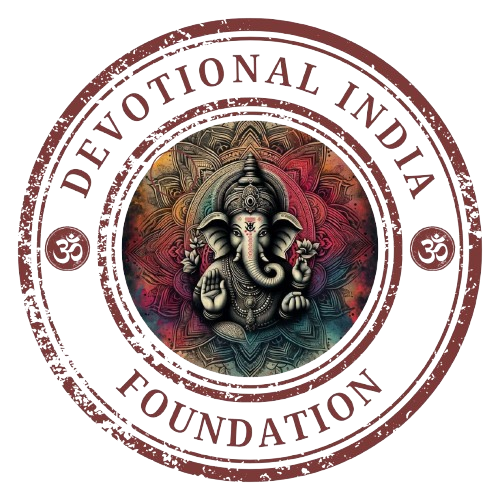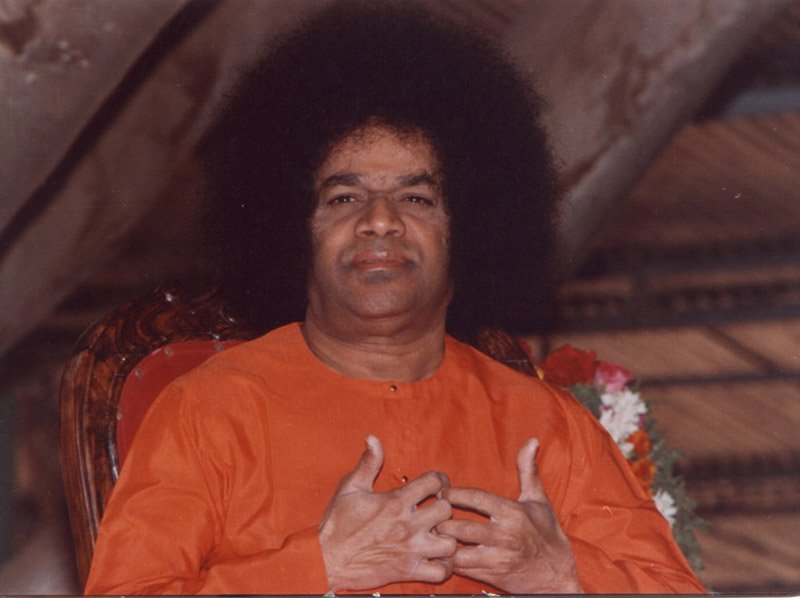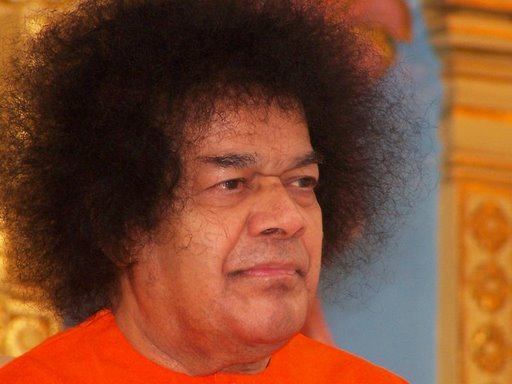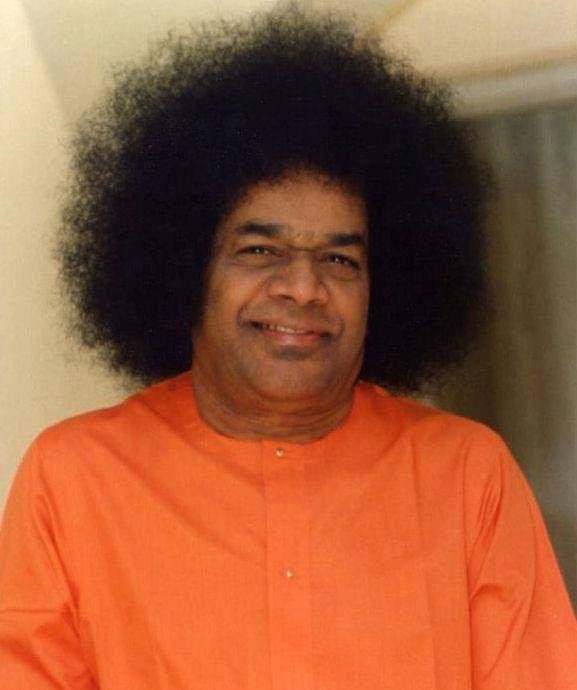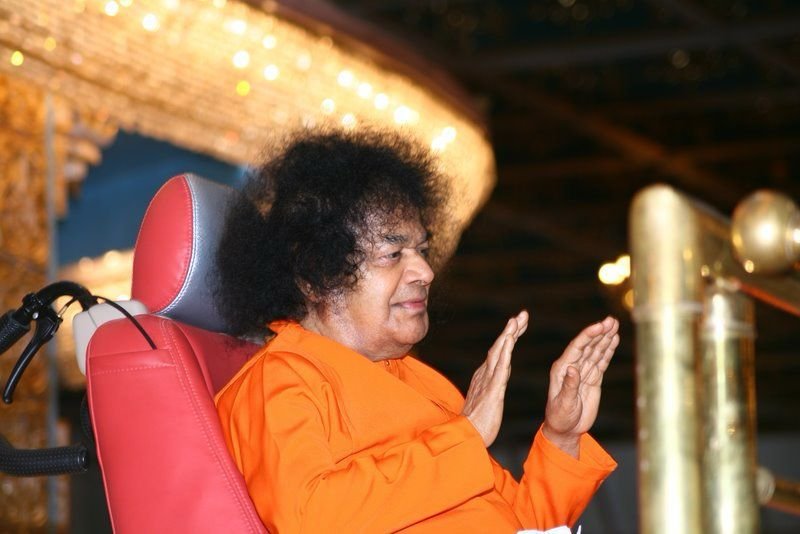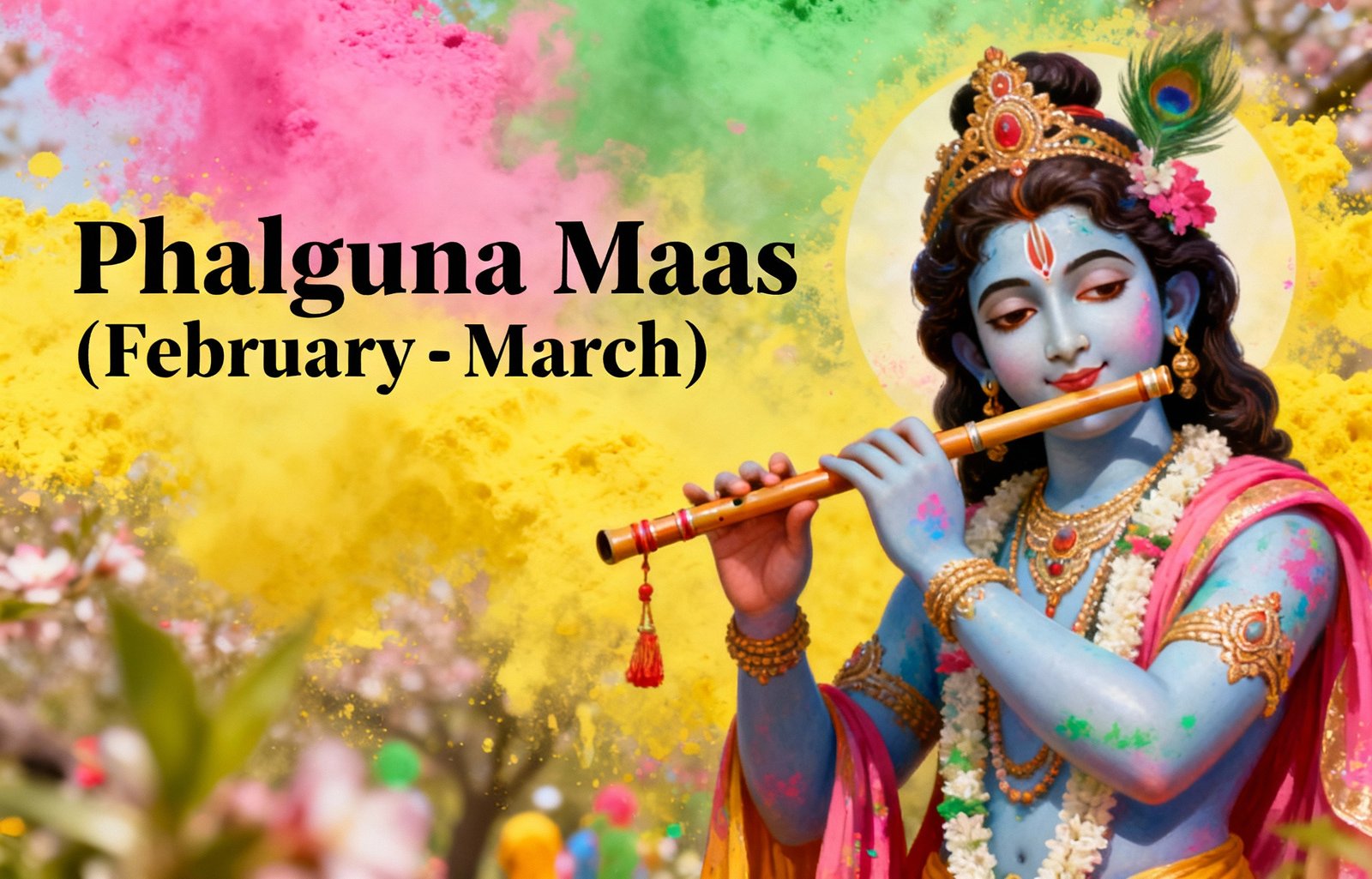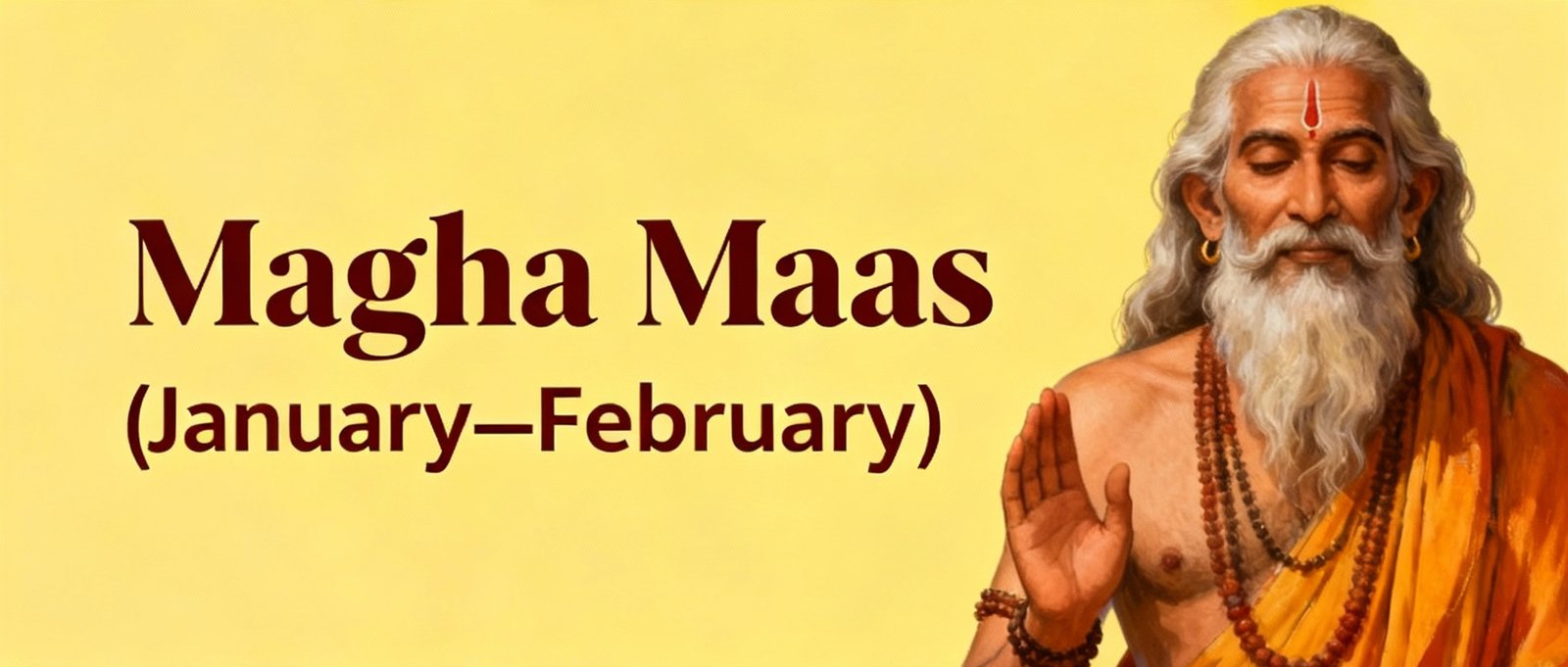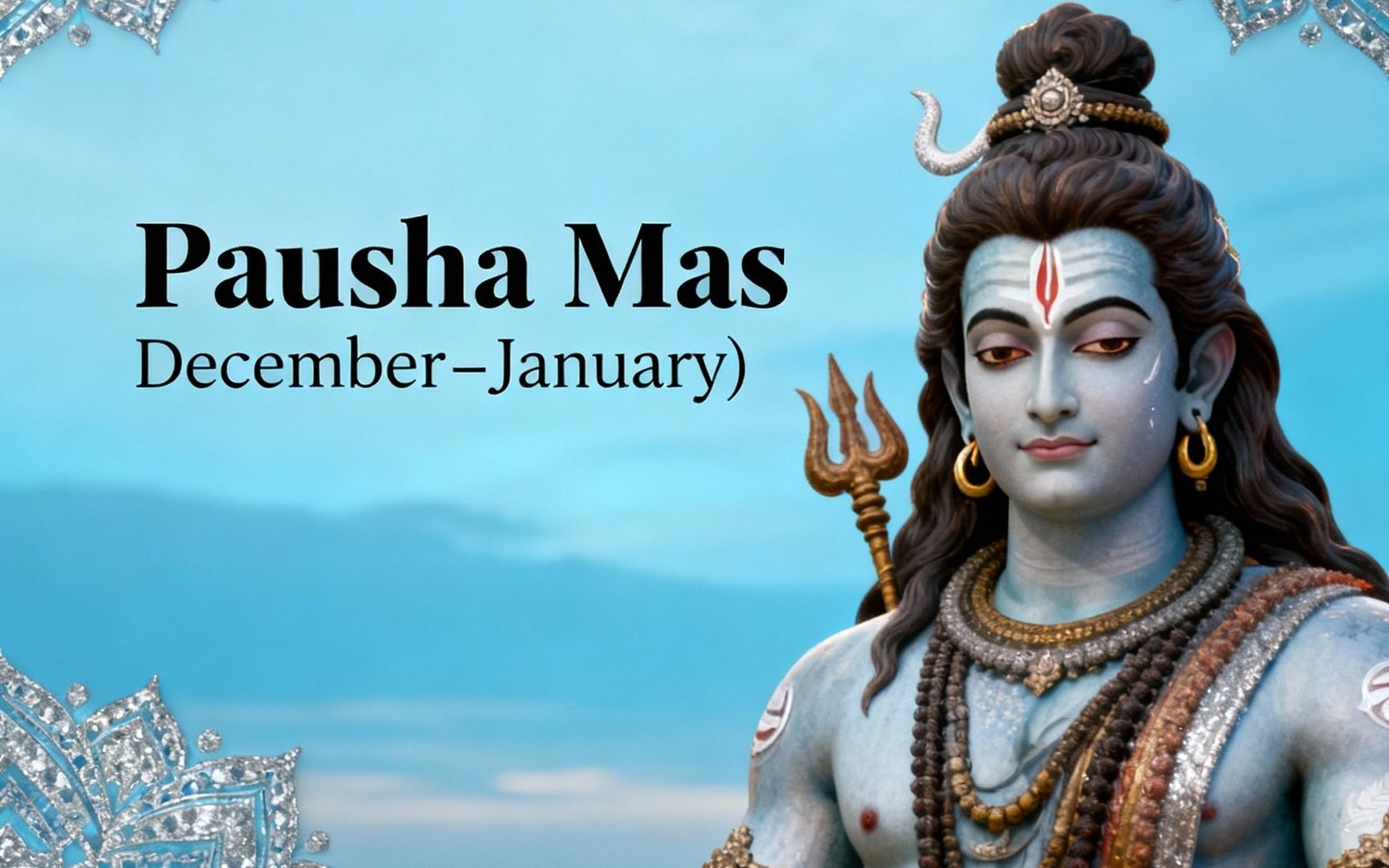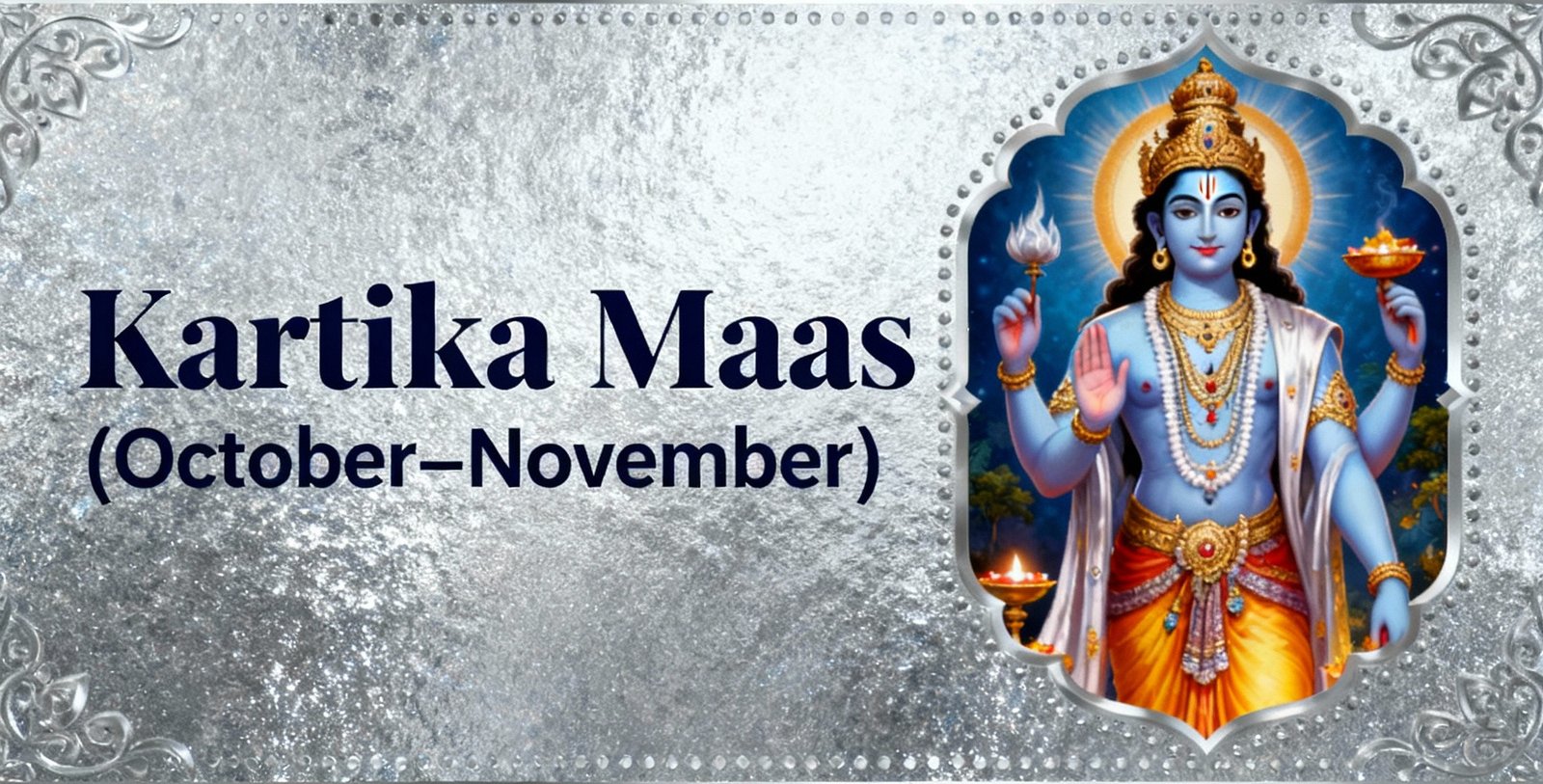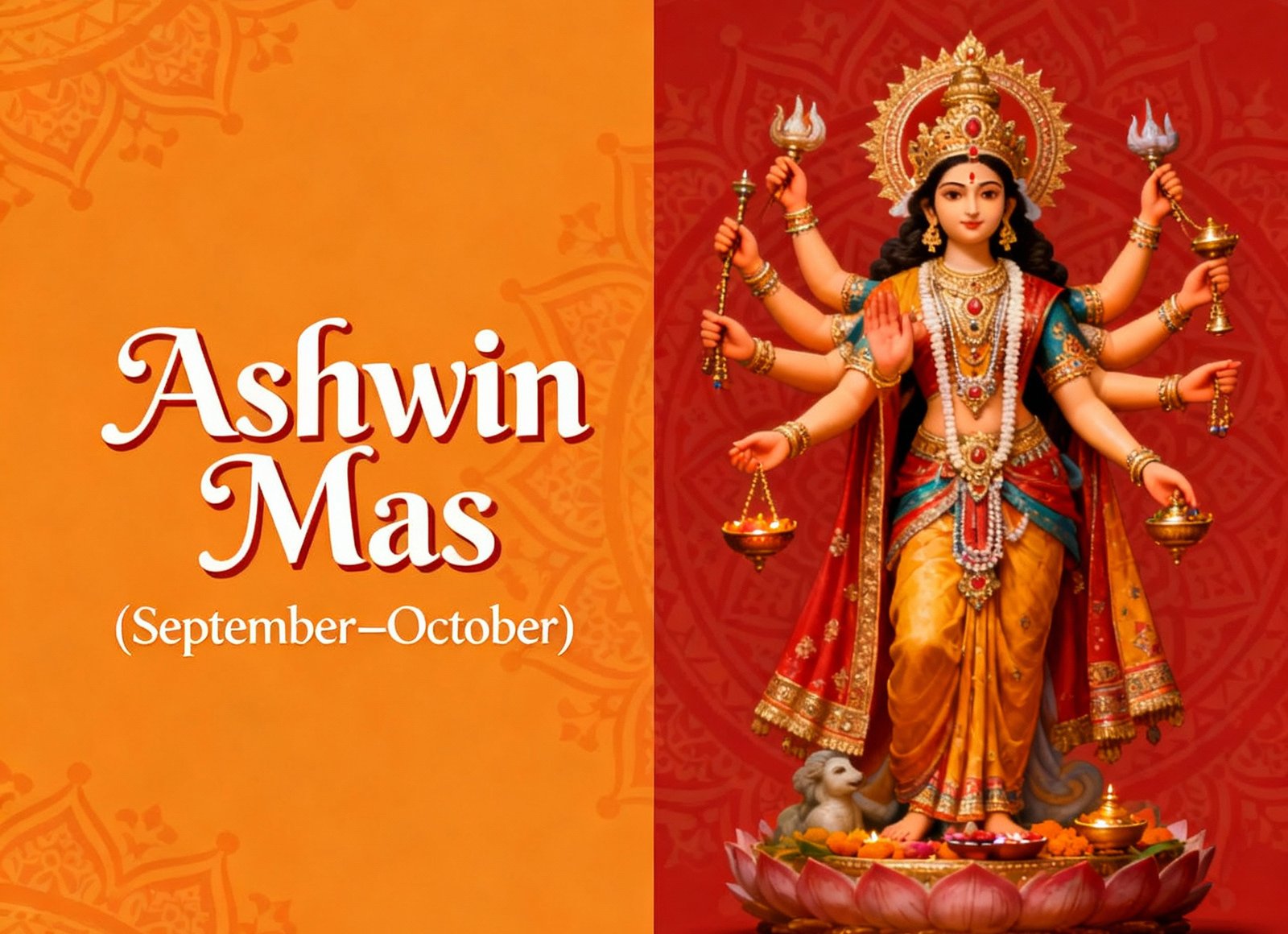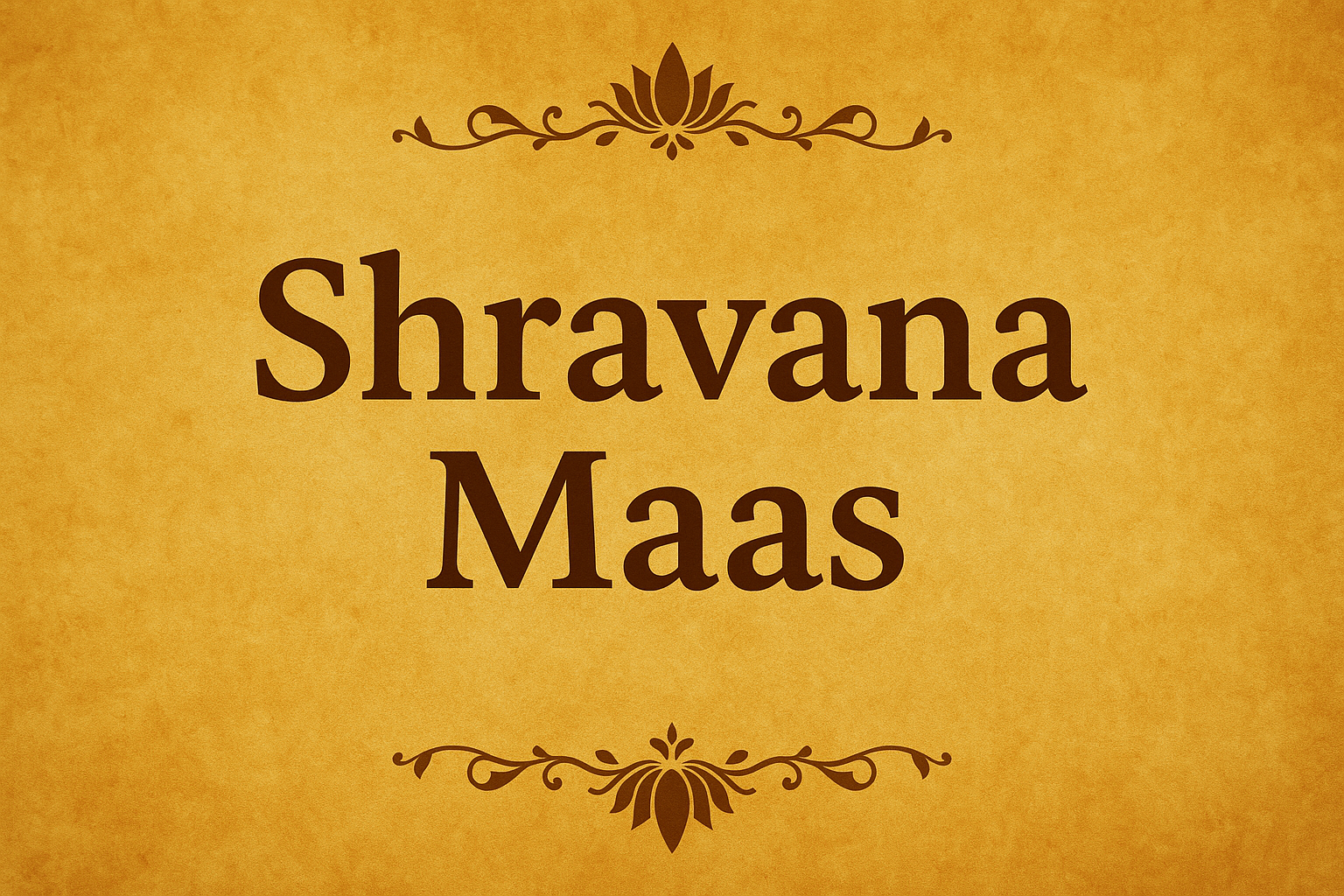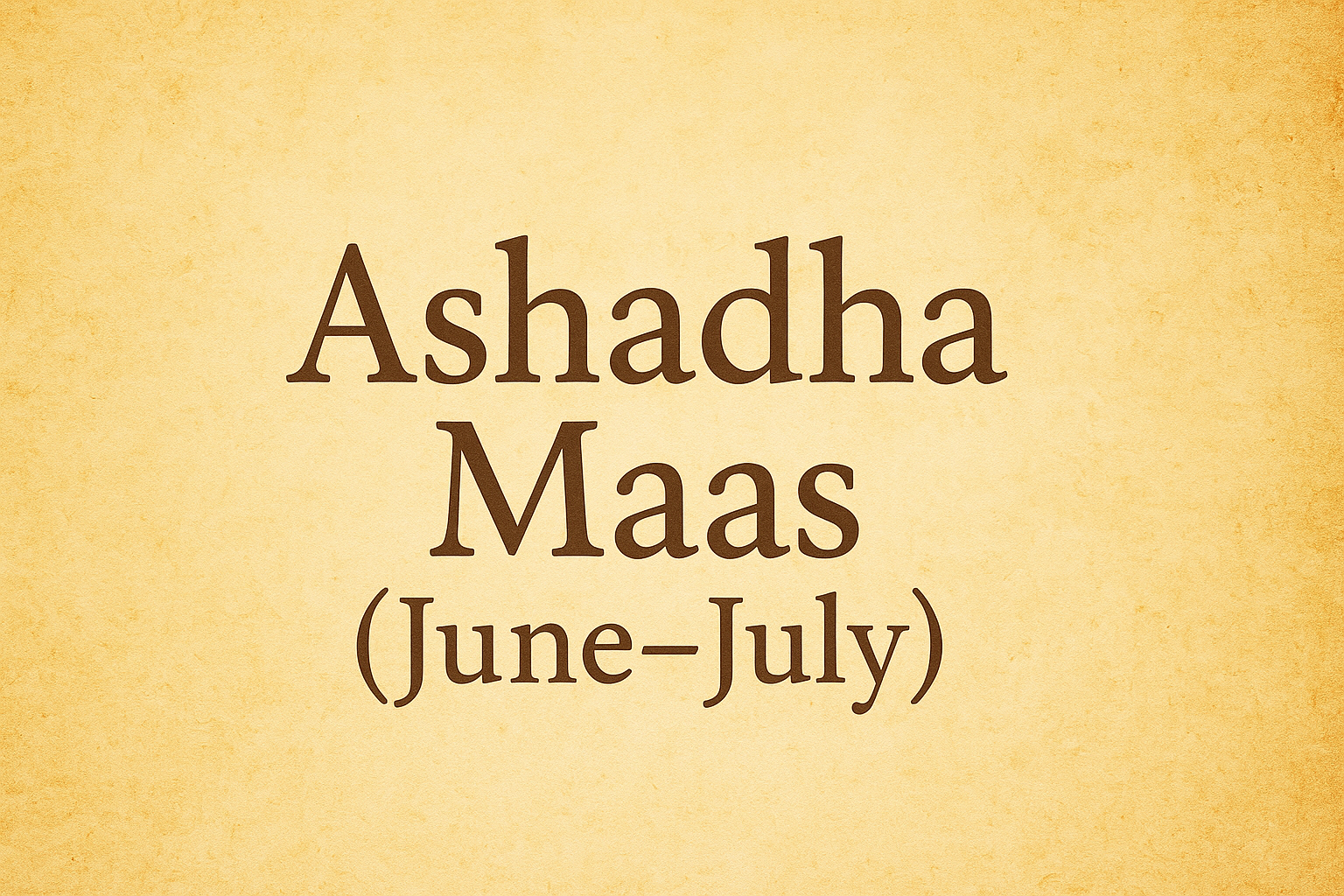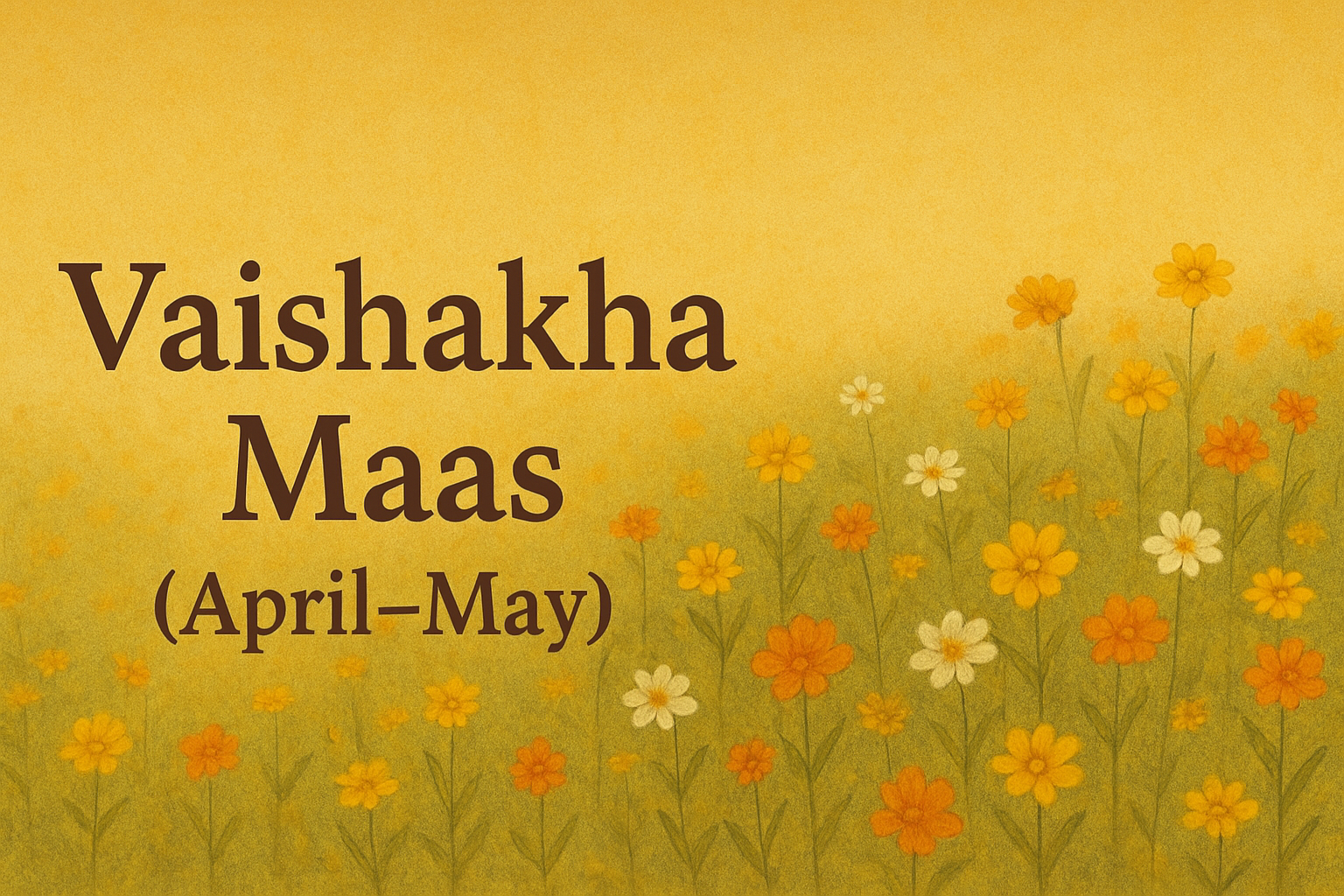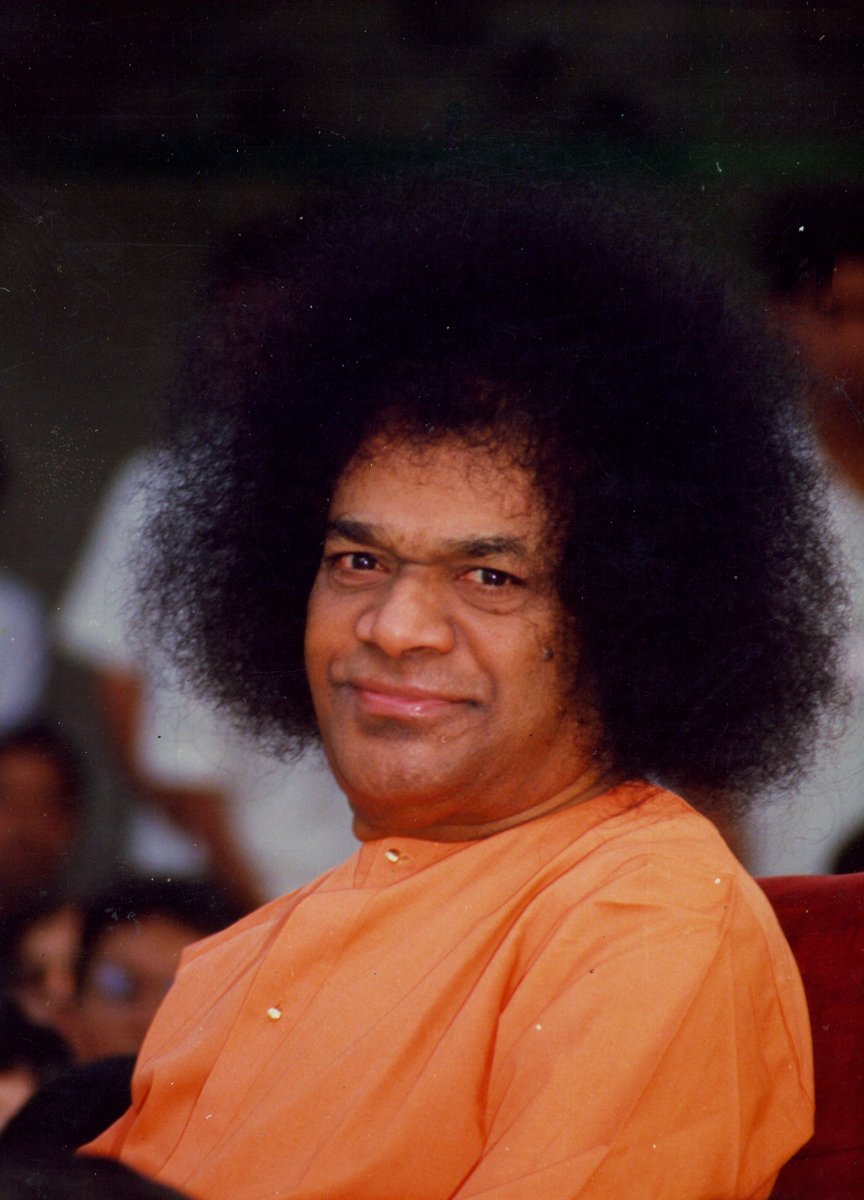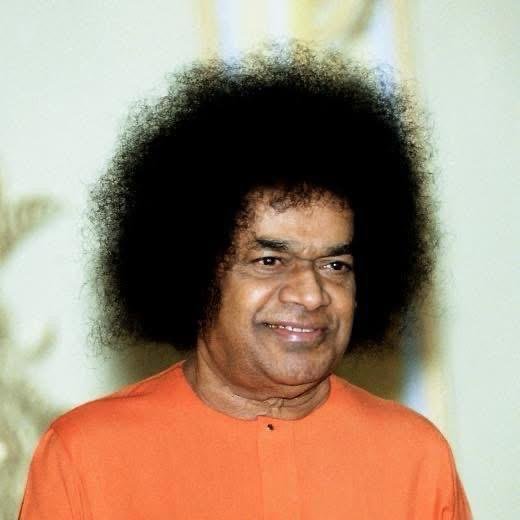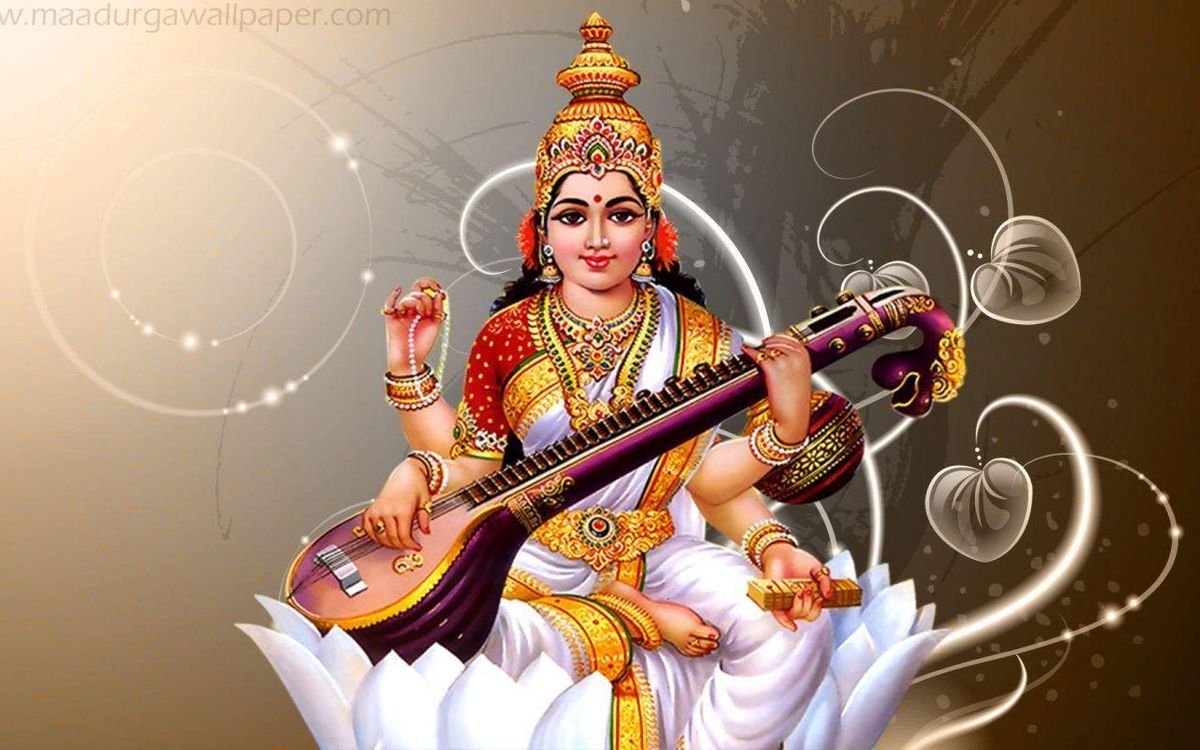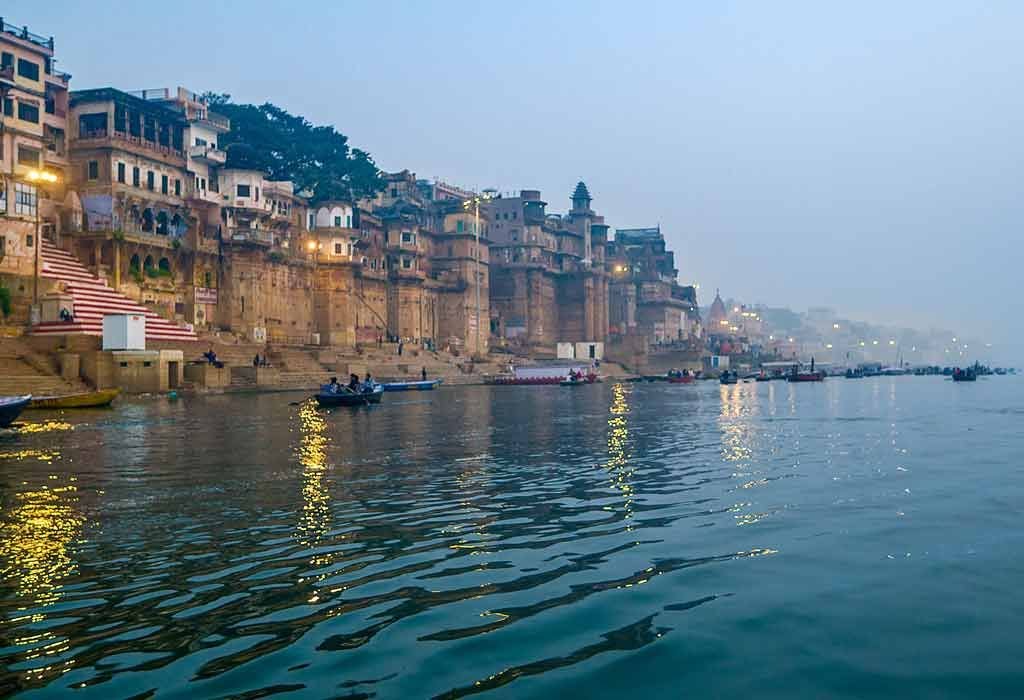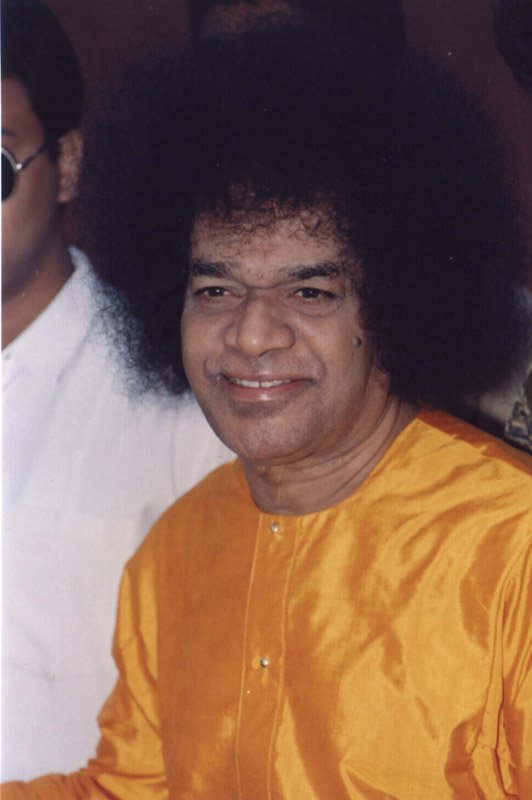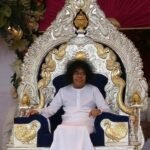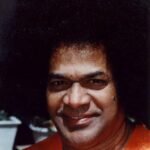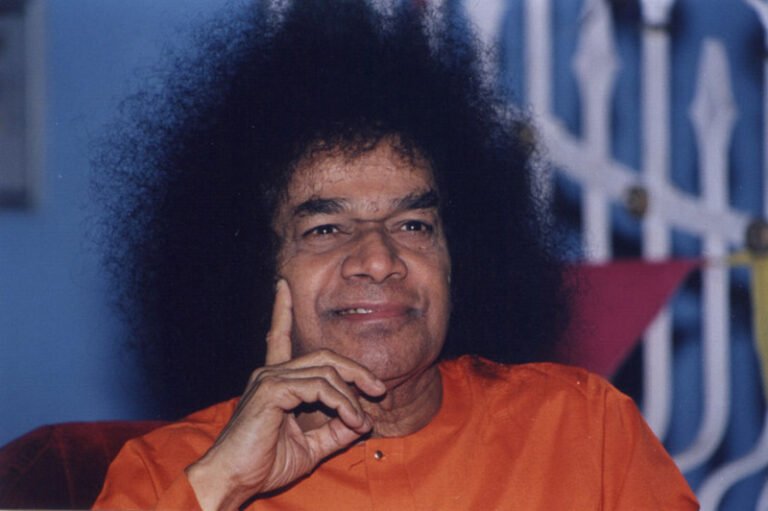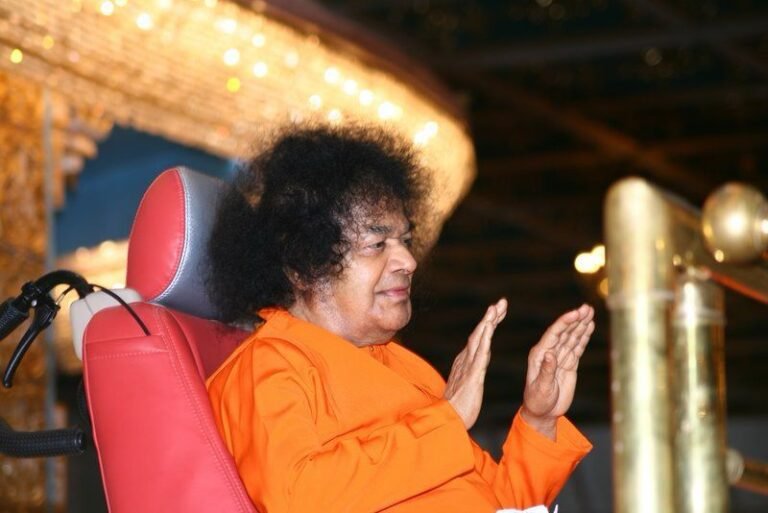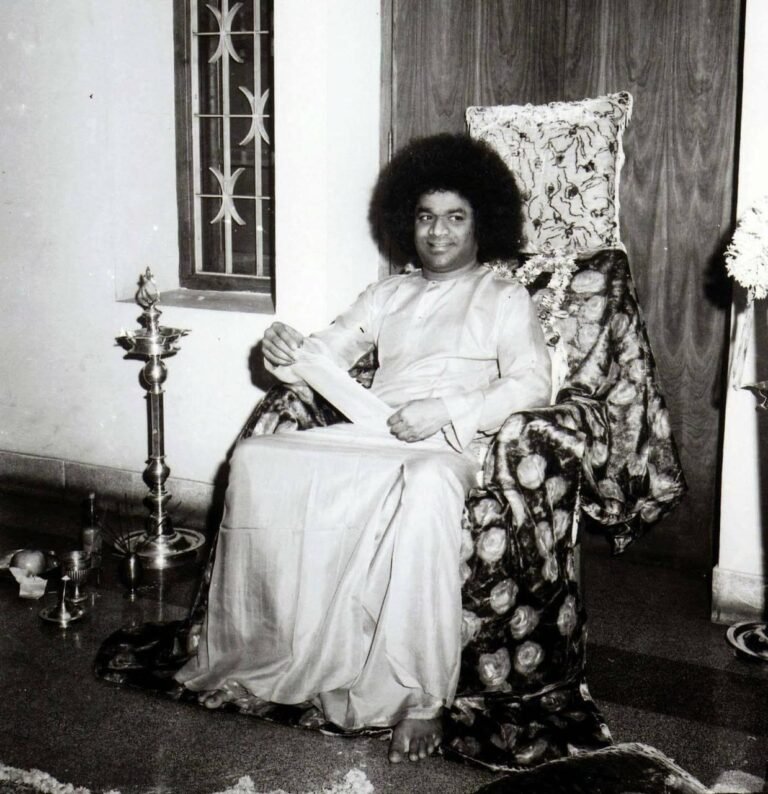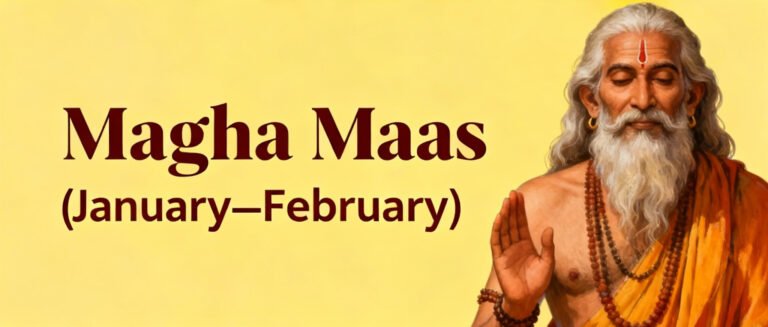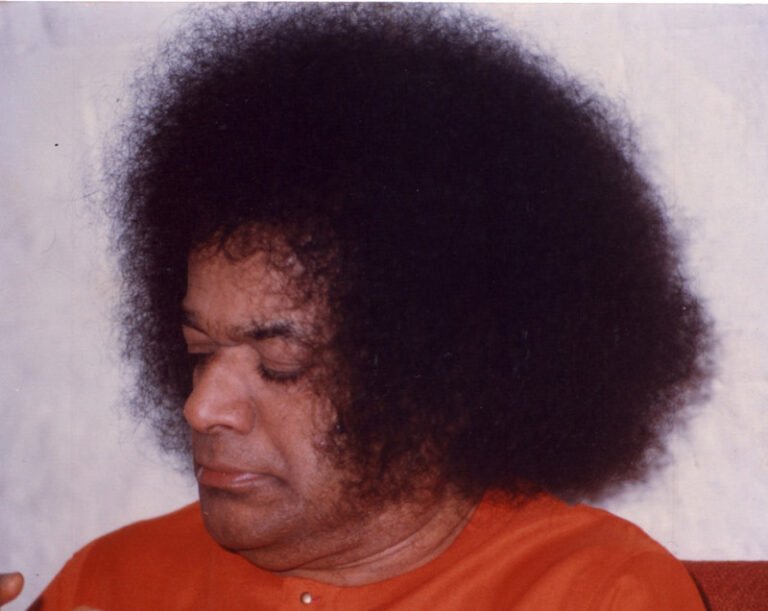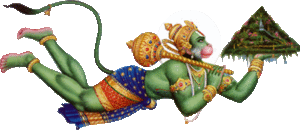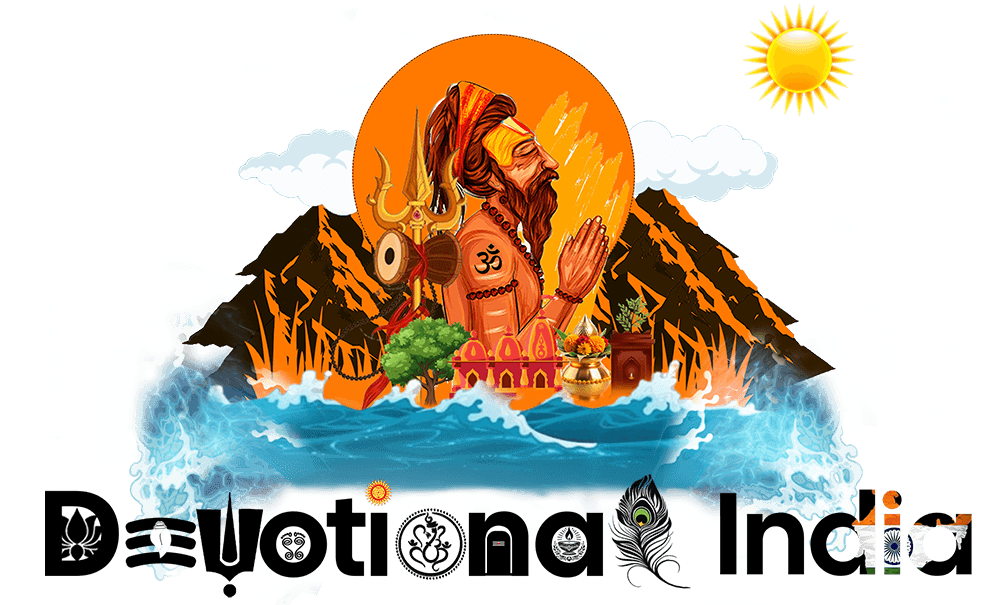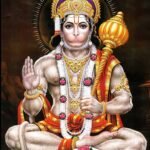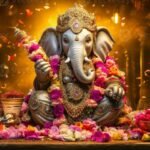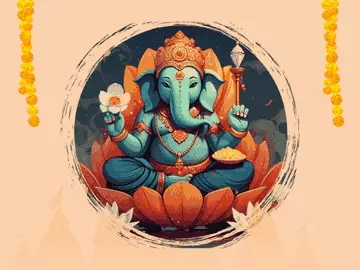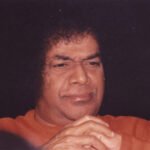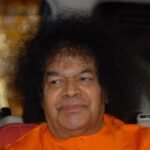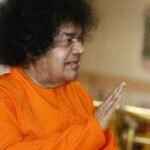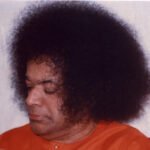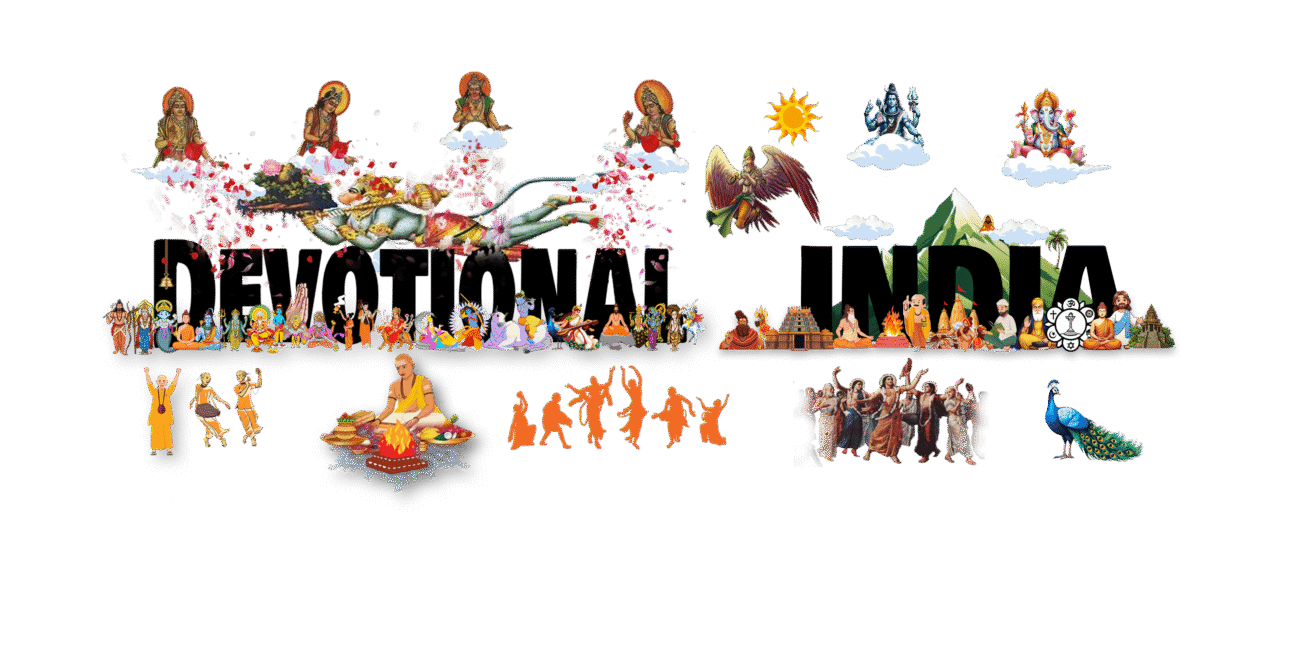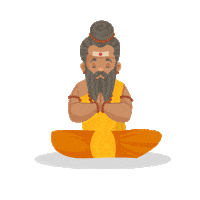Divine Words of wisdom by Sathya Sai Baba – With Festivals
Divine Words of wisdom by Sathya Sai Baba - With Festivals
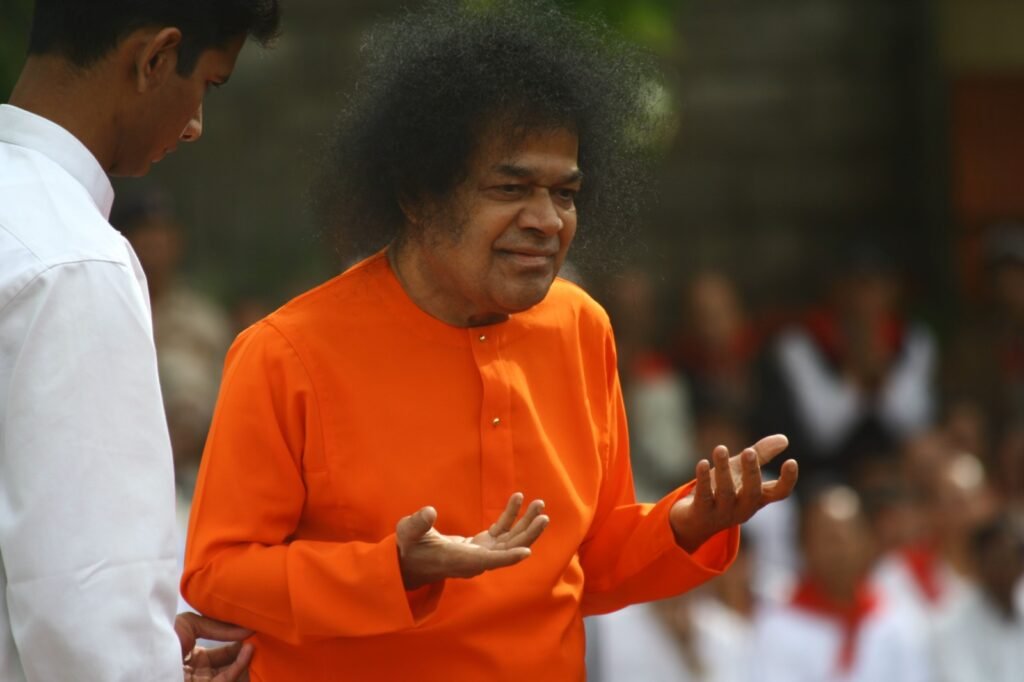
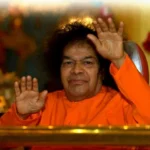
1. Yagna signifies discarding bad qualities into the sacred fire
Description
To-day brings the week-long ritual (Saptaham) to an end. Strictly speaking ‘end’ means attaining Brahman. Recognizing the truth of unity in multiplicity is what attaining Brahman means to convey. Realizing the all-pervasive nature of Lord Siva (Shiva tattwam) is the essence of Brahman. We should discard all the bad qualities and evil thoughts into the sacred fire. We should aim at nurturing good thoughts and performing good deeds, from now onwards.

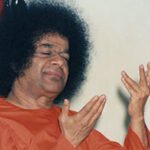
2. Sanctifying oneself is the message of Devi Navaratri
¬Ý
Description
Commencement of ‘Devi Navaratri’ signify the sanctifying of thoughts and life by worshipping nature.

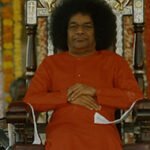
3. Understand the significance of Durgashtami
Description
Man must make an effort to recognise and understand the inner significance of ‘Durgashtami’. In Bharat from ancient times, the inner significance of the festivals was always associated with divinity. Every small festival was used to transform the feelings into divine feelings. That was the purpose of the festival days. Today one only concerns about the external rituals of a festival like putting a photo, offering worship all in an artificial manner. The types of worship offered are devoid of devotion and sincerity and filled with meaningless rituals. One should steady one’s body to have steady mind. If one’s body is continuously in motion, how can one steady one’s mind? Mind can be compared to the water in a pot. When the pot is moved, the water inside too will move. That is why one needs to train one’s body to be still in meditation. Meditation includes control of body. A steady body holds a steady mind. Intellect blossoms only when both the mind and the body are steady. Wisdom shines when intellect blossoms and once wisdom shines, one gets liberated. One is unable to control the body and sit still for two minutes and even the sitting posture is not correct. When one sits with a bent spinal cord, the nerves ‘ida’ and ‘pingala’ get disturbed. The power of ‘Kundalini’ which travels from ‘Mooladhara’ or the last vertebra of the spine to the first, goes in the wrong way thus making today’s man a mad monkey; not just a monkey but a mad monkey! A monkey cannot sit still even for a moment; it goes on moving one limb or the other. Its looks are also not steady. The reason for man’s fidgeting is the fact that man has evolved from monkey and though he has developed, the traits of the monkey behaviour still remain. These ‘navaratris’ are celebrated to encourage sacred feelings in man and make him travel towards divinity by destroying his ignorance and ego. No one is making an effort to know the purpose of the festivals. During the Navaratri, women keep a display of dolls of various kinds and worship them. That is not what one is supposed to do. All the dolls represent the physical world which is perishable. By worshipping the perishables one has to attain the imperishable Divine; that is the power latent in man.


4. Significance behind 'Devi Navaratri'
¬Ý
Description
That person is truly a human being, who is sanctified by the unity of thought, word and deed. The heart can be compared to goddess of wealth Lakshmi. The words can be compared to goddess of knowledge Saraswathi. The power of doing deeds can be compared to Goddess Durga. Hence it is said: “Manasyekam, vachasyekam, karmanyekam, aatmanam!” – Unity in thought, word and deed makes a man great. The Devi Navaratri signify that man can sanctify his life by bringing about the unity of thought, word and deed and live as human being by getting rid of ignorance.

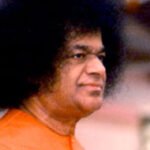
5. Vasudhaikakutumbhakam is the message of Sankranti
Description
Students should behave in a very respectful manner, should respect the elders, love the parents, respect others and should develop feelings of trust towards the country. That is the nationality feeling. “This is the country I was born in. I must protect my motherland. This is my motherland. This my mother tongue, this is my religion. Is there a man courageous, who on earth who has not stood up for these feelings?” Without the feelings of- “My country, my mother tongue, and my religion” a man is like a living corpse. Those feelings must be there but just as one has the feelings of patriotism for one’s country, one look upon another’s country too in the same light. All people of different country must live in unity and harmony. It must develop into one big family. The occasion that brings forth such divine transformation is “Sankranthi’. One must achieve peace in Sankranthi, develop peace and attract peace.

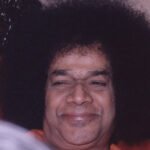
6. We should change our vision and direction from Sankranti
Description
What must be changed today? The vision, words and hearing must be directed in proper way. That is the true meaning of the word, ‚Äúsankramana” movement. Without sacred transformation there is no use of celebrating any number of Sankranti festivals. People eat and enjoy the sweetness of the sweet pancake ‚Äúariselu‚Äù, but the sweetness lasts only as long as one eats it, later on it turns bitter. Happiness is not got by eating the pancake. Festivals are not for sweets and puddings. The significance of festivals lies in developing sacred thoughts and ideas. Every festival has an inner meaning.

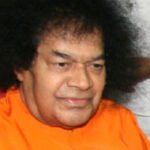
7. Sankranti Signifies Man's journey from the outer to inner
Description
The very word ‘Sankranti’ conveys the infinite inner meaning. But man without understanding the inner significance, forgetting the ancient tradition and culture of Bharath, forgetting the sacred inner meaning of this festival, gets satisfied with physical and worldly activities. One does not get the eternal bliss however long one may enjoy the worldly pleasures. In spite of searching everywhere, one will not get the true bliss. After searching endlessly outside, one realises that the true bliss lies within. A person wearing spectacles searches for them everywhere in the house and feels happy when he realises that they are right on his nose. Similarly, spiritual aspirants too search unsuccessfully elsewhere for the immortal, eternal and supreme bliss without realising that such a bliss lies within. The festival that makes one realise this truth is Sankranti. Therefore, the happiness that one seeks, does not exist externally somewhere, in some foreign land but is present in one’s own self. God is not present in any land or on mountains or in Vaikuntha, Kailas or Heaven; one’s heart is the sacred abode of the Divine. Therefore, that man is truly blessed and redeemed who turns his vision from the external to inwards to seek the Divinity within. The one with such inner vision attains ‘Moksha’ salvation. Till one achieves this inner vision, one is haunted by ‘Moha’ attachments. So long as there is attachment one cannot be liberated. Liberation is not some special place for, ‘Moha Kshayam Moksham’, annihilation of attachments is liberation. Attachments strengthen due to the external vision.



8. The significance of Devi Navaratri is worshipping nature
Description
‘Devi navaratris’ means the worship of nature. Nature is seen as the ‘Devi Swaroopini’, essence of the Divine mother, the power house, the ‘Shakthi swaroopini’ and as ‘Bhudevi’, mother earth. All the things required by man are found in earth. Scientists are travelling to space and to Moon. But even while travelling to Moon man requires the oxygen from the earth, the water from the earth to drink and the food that is grown out of the earth, to sustain. On Moon man cannot find any of these things and so he carries everything from nature. All the needs of man are provided by earth.


9. What is the significance behind Devi worship
Description
One has to first and foremost know the meaning of ‘liberation’. The word ‘mo ksha mu’ has three letters. ‘Mo’ implies ‘mohamu’, desire or infatuation. ‘Ksha’ implies ‘kshayamu’ decline. When infatuation declines one gets ‘mu’ ‘Mukti’ or liberation. Infatuation has increased limitlessly. One resorts to worship of Devi to reduce the infatuation. Goddess of wealth, Lakshmi is associated with desire or infatuation. Wealth makes man delusional. Lakshmi always shines forth. Saraswathi is full of cheerful bliss as she makes man speak blissful and sacred words and gives happiness to man. Durga radiates resplendently. In order to have control over all these three, the ‘Devi Navaratris’, the nine nights, are divided in three parts. It begins with the worship of Durga, followed by Lakshmi and ends with the worship of Saraswathi. Therefore, students worship their books on the day of ‘Durgashtami’. They only seem to worship the books but not their head!! That is the reason why today’s civilization has declined in substance.


10. What is the meaning of Devi Navaratri
Description
What is the meaning of ‘Devi navaratri”? ‘Navaratri’ means nine nights. What is the meaning of ‘ratri’ or night? Night is associated with darkness. What is meant by darkness? Ignorance is darkness. Human beings suffer from nine forms of darkness. The nine types of ego are the nine types of night. When one wants to illumine the nine nights one has to turn to Devi. Who is Devi? It is said Parvathi and Parameshwara, Lakshmi and Narayana, Saraswathi and Brahma; why is the name Parvati given precedence in Parvati, Parameshwara? Why is Lakshmi placed before Narayana and Saraswathi before Brahma? It indicates that man’s life starts with ‘shakthi’, the mother aspect. Shakthi refers to the three powers of nature namely Durga, Lakshmi and Saraswathi. Hence it is said there is “Prakruthi’ nature and ‘paramatma’, its creator. Nature is controlled by the creator. The nature is constituted by three elements namely ‘satwa’, ‘rajas’ and ‘tamas’. The sathwic nature is represented by Lakshmi, the rajas is associated with Saraswathi and tamas is associated with Parvathi. In order to earn the grace of the nature which is made up of the three attributes- satwa, rajas, and tamas, the three goddesses Durga, Lakshmi and Saraswathi are worshipped. Therefore Durga, Lakshmi and Saraswathi are not goddesses but are the three qualities which are present in nature. Hence worship of nature is the main purpose of human life. So man needs to worship the nature first and foremost to gain the grace of the Lord. One is man’s effort and the other is the grace of the Lord. Prakruthi’ nature and ‘paramatma’, its creator can be likened to the negative and positive aspects. Therefore God who can be compared to positive is all powerful but without the ‘negative’ nature, creation cannot take place. Nature is the basis for creation.


11. Sankranti brings in the light of concentration
Description
Concentration must be such that it must be fully focused on the task at hand. While doing work one’s concentration must be focussed on the work, while eating focus must be on the food being eaten; while talking focus must be on the words being spoken. Hence one must concentrate on the task at hand. The one who talks cannot work and the one who works cannot talk. So, one must focus on the work that one undertakes. That is the main light of man and one must believe that, that light is the Sankranti. One must never think that that light comes only once a year. Every second one must find this Sankranti within oneself. “Samyak kranti iti sankrantihi”, the light must come in full totality.


12. Sankranthi is a festival which belongs to the whole of human race
Description
‘Sravanam’, listening, ‘keertanam’ singing, ‘Vishnu smaranam’, chanting, ‘paadasevanam’ serving, ‘vandanam’, salutation, ‘archanam’ worship, ‘sneham’ friendship, ‘daasyam’ service, and ‘atma nivedanam’ surrender. Ultimately surrender is the one that bestows permanent bliss. Once one surrenders, one does not have anything left, for it contains everything. Sankranti is meant to teach this inner vision. Mr. Subbarao said that sankranti is a family saadhana; it is true that it is a family affair where the whole world is a family,‘vasudhaiva kutumbakam’. This relates to entire world and is not restricted to husband, wife, children and grand children alone. Sankranti is related to entire human race. It gives inner joy whether one is aware of it or not. Just as fire burns when touched knowingly or unknowingly, so also Sankranti bestows inner joy whether one knows its significance or not. Sankranti brings about mental transformation, behavioural change, gives sacred life, blossoms the inner faculties, and gives an expression to the hidden, innate atma. Thus Sankranti has infinite inner significance.


13. Sankranthi Signifies inward journey of Man
Description
Hence, Sankranti means the movement towards inner vision, pure heart and unsullied nature. Just as the Sun moves towards the north starting from sankranti, so also one must turn one’s intellect inwards and journey towards the atma. The Vedas state this movement towards the north, ‘uttarayana’ as the most auspicious time. The great warrior Bheeshma, who was resting on the bed of arrows, waited for fifty six days for this auspicious time. The Puranas declare that the person who leaves his mortal body during the ‘uttarayana’ attains liberation. Therefore sankramana means shifting of Sun from one zodiac sign to another. Of all the zodiac signs the ‘makara’ the Capricorn is the most important. This movement in Capricorn, the makara sankranti bestows brightness and peace. When one enquires from a worldly view point, one finds that Sankranti comes at the beginning of the English New Year. Sankranti begins on the 13th and 14th of January. It gives physical and mental peace and rest also. Farmers and all those who are dependent on Earth for their livelihood rest during the month of January. The farmers are at leisure and enjoy the harvest in the comfort of their homes. Truly speaking the farmers rest only in the month of January for they are busy in all other months. The farmers have all forms of wealth and grain at home by this time. They fill their houses with the nine types of grains and gain mental satisfaction. Hence physical and mental peace enhances during Sankranti.


14. What is the significance of Uttarayana
Description
From the day of Sankranti, the sun travels from south to north. What is the significance of the northward movement? Northward movement is the one that confers liberation. ‘Himachalam’ is a combination of two words namely ‘Hima’ and ‘chalam’. So, ‘Hima’ + ‘Achalam’ = ‘himachalam’. What is ‘Himachala’? ‘Hima’ refers to all that is pure; that which is totally white; ‘Achalam’ means that which is stable. The pure and peaceful ‘Hima’ is stable. Where is that position? That is the position of the heart. The intellect, likened to the Sun, steps in when the heart is pure, unsullied and is at peace. One does not have to undertake external, physical journey to somewhere. Therefore travelling ‘northwards’ essentially means to turn one’s intellect inwards, moving towards the heart. The internal joy is the true happiness. The external, worldly happiness is transient and momentary. The nature of ‘Atma’ that is true, eternal, pure and unsullied is infinite and immortal. It is the centre of liberation, ‘Moksha Sadanam’ and the journey towards it is called as ‘Moksha saadhanam’, aspiration towards liberation.

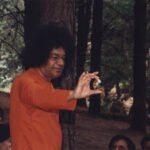
15 .Every Indian festival has an inner significance
Description
Embodiments of Love!! All the festivals of Bharathiyas are significant, have inner meaning and give bliss and joy. They are not for pomp and show. Every festival has a unique inner meaning, wonderful significance and provides an opportunity to experience bliss with the changing surroundings.


16. Inner Significance of festivals in India
Description
Embodiments of Divine Atma!! The festivals celebrated by people of Bharat, are all significant sacred days which celebrate its culture, its customs and its unity. From ancient days, Bharat has been, in a way, wasting its humanity by not understanding the inner significance or the outer meaning of its powerful culture. There is inner significance and also outer meaning in the festivals and the sacred days that are celebrated. But man is not making any effort to understand neither the inner significance nor the outer meaning of such days. Festivals and sacred days are a way to remind and celebrate the coming of Avatars to establish the welfare of the world and the destruction of the evil forces by them. Festivals are designed and organised to make people remember significance of birth of the avatars and the death of the evil forces. Lord Rama, the embodiment of righteousness, was born on the ninth day of the Chaitra month according to the Hindu calendar. That day is celebrated as the birthday of Lord Rama. Sri Krishna, who came down to earth to establish Dharma and who is known as the “Gitacharya”, the one who taught Gita, was born on the eight day of the Shravana month of the Hindu calendar and that day is celebrated as the birthday of Sri Krishna. In the same way the “Navaratri”, the nine days, “Shivaratri”, the night of Lord Shiva, “Sankranti” are all celebrated as the triumph of good over the evil. The evil and vile Ravana, who in spite of being a scholar took to the path of wickedness. The day he was killed, is celebrated as “Vijaya dasami”, the victory of good over evil. Goddess Durga, Saraswathi and Parvathi, who epitomise the will power, power of action and the power of knowledge, became one to destroy the demon, Mahishasura who was tormenting the world with the power of his boons. The nine days, starting from the first day, Padyami of the Hindu month Ashwiyuja to navami, the ninth day, the Goddesses unified and fought the demon. The demon Mahishasura was killed on the last day that is the ninth day. Vijaya dasami is the day when Lord Rama was coroneted as the King of Ayodhya after destroying the wicked Ravana. Vijaya dasami is also the day when King Vikramaditya, ascended the throne. Mahavira, the founder of Jainism, died on Vijaya Dasami. The people of Bharat celebrate days when wicked persons were killed and also the days when the noble were born as festivals and derive happiness.


17. Students should not hate each other
Description
Embodiments of love! In your classes, there may be small differences between individuals. On the basis of those small differences you should not develop hatred. I hope the teachers would teach the children with their soothing and loving words and avoid promoting hatred. All of you should regard yourself as children of God. You have to have the belief that man’s brotherhood and Gods fatherhood are your two eyes. If you can promote this brotherhood of man and fatherhood of God in you, automatically there will be fear for evil and love for god.


18. Significance of Panchanga
Description
People of North Karnataka refer to their body as ‘prakruthi’ as in “Prakruthi is not good.”Prakruthi, nature has the five life elements and those are also present in the body. The one that states the presence of the five elements and teaches about the good and the bad of the elements is called as “panchaanga”. It is a custom in India, both in villages and in cities, to listen to the “Panchaanga” on the day of Ugadi. Panchaanga means that which tells about the good and the bad of the five life elements.


19. Ugadi is celebrated to understand the nature of the world
Description
The birthdays of the incarnations are celebrated as festivals in Bharath. The birthdays of the religious heads of some the mutts are also celebrated as festivals. The death of the wicked is celebrated as a festival as is the death of the holy men. But this Ugadi is not related to the birthdays or demise of either the incarnations or the holy men or the wicked. This concerns solely with the nature and is very important to everyone. It is a good opportunity to understand the essence of nature. Nature is God in real sense. The earth rotates around itself at the rate of many miles per hour. What is the result of such rotation? Day and night are formed as a result earth’s rotation. Man is able to rest because of the formation of day and night. The Earth revolves around the Sun too at thousands of miles per hour. This revolution causes the changes in seasons, resulting in rains and harvest thereby providing a livelihood for man. The nature provides for the progress of man expecting nothing in return.

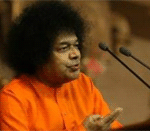
20. What is the reason behind the name Ugadi
Description
Today is Ugadi, meaning the beginning of Yuga or era. What is the first season after Ugadi? It is the season of “Vasantha”, the spring. It is the first of the seasons. Among the months, the main month is the “chaitra”. Among the phases of the moon, the “Sukla Paksha” is the first. Among tidhis ‘Padyami’ is the main one. Therefore this day is called as Ugadi as the season, the month, the paksham, and the tidhi are all the main ones on this day. Ugadi means beginning of the yuga or era. The first of the tidhis is ‘Padyami’, the first of the paksham is ‘Sukla’, the first among months is ‘Chaitram’, the first season is the ‘Vasantha’ spring- since all the firsts have come together on this day, it is called “Yugadi” This is the Yuga or era of Kali. In this age and on this particular day the firsts of all aspects have come together. The Spring season, the month of chaitra, the Sukla phase, and the tidhi of padyami –all the firsts or the beginnings have come together hence it’s called as ‘Ugadi’. There are four yugas or ages- ‘Krutha’, ‘Tretha’, ‘Dwapara’ and ‘Kali’. This is the beginning of the Kali age , hence it is called as Ugadi.

